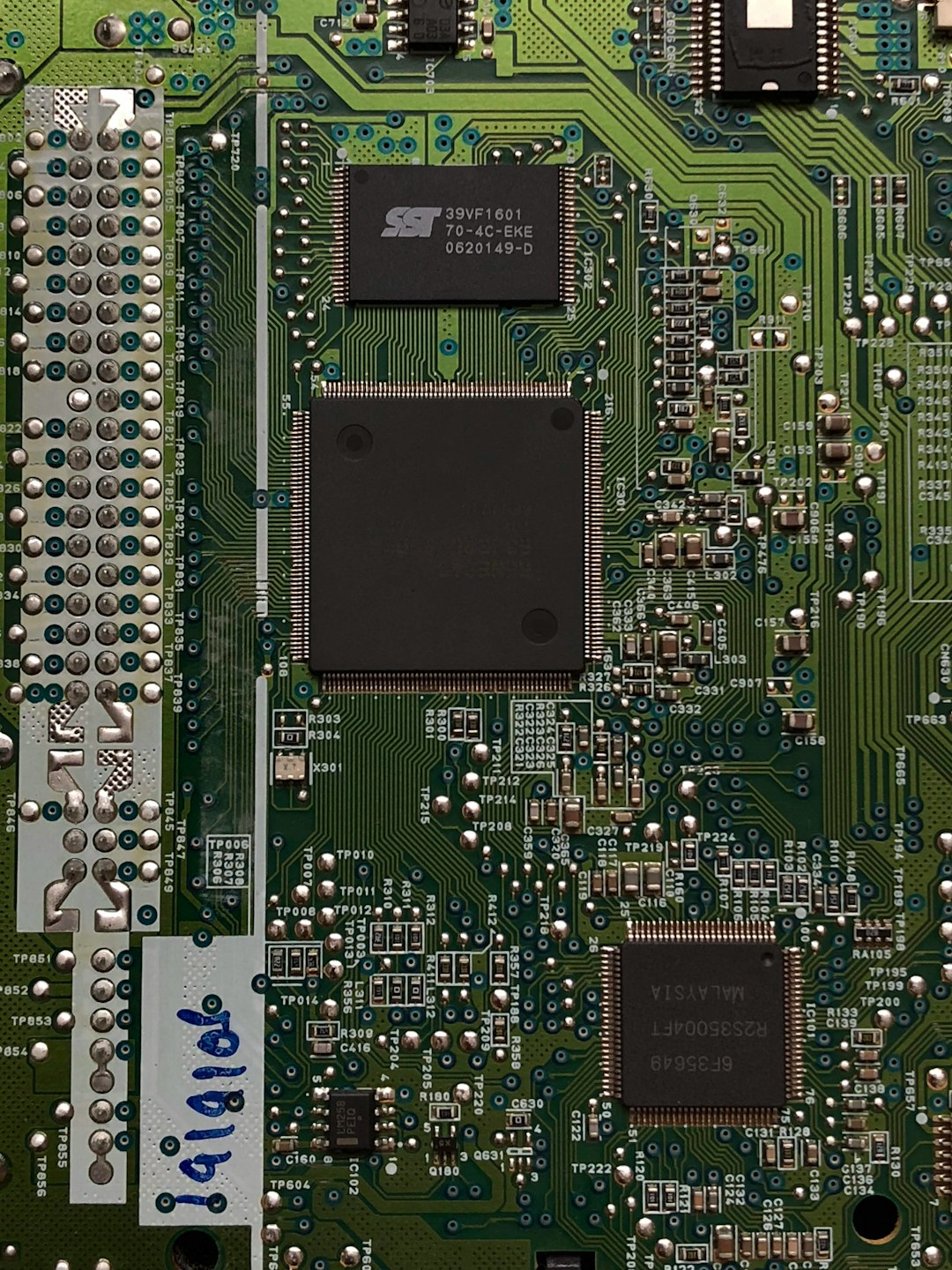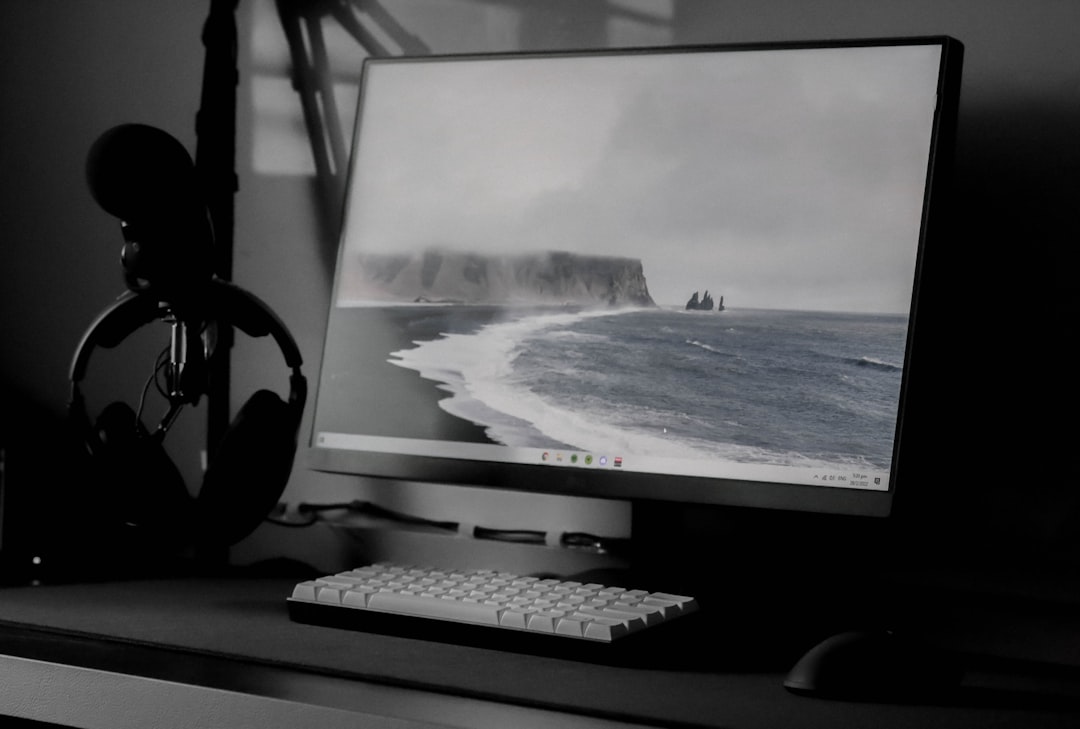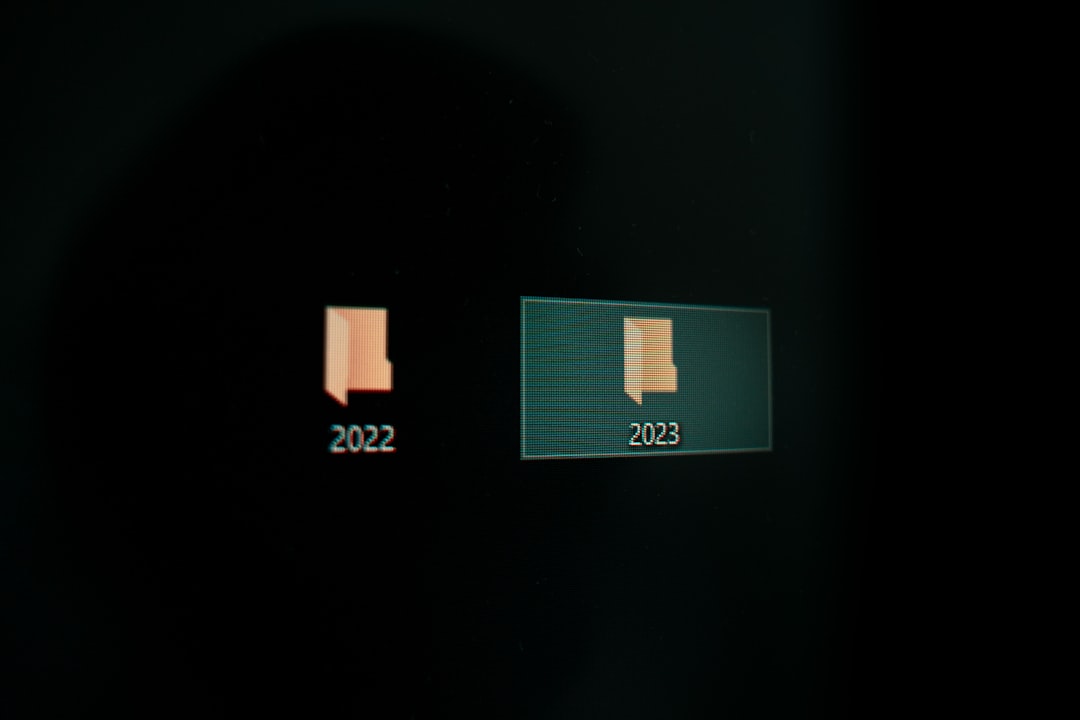So, you’re picking a graphics card. You’ve come across the GeForce RTX 3060 and the GeForce RTX 3060 Ti. They sound similar, right?
But here’s the twist: they’re not the same. They may both wear the “3060” badge, but under the hood, they’re quite different.
Don’t worry — we’re going to break this down simply and clearly.
Meet the Cards
Let’s start with the basics. Both cards are part of Nvidia’s RTX 30 Series. That means they’re built on the same general technology — Ampere architecture. Cool name, huh?
They both support ray tracing, DLSS (Deep Learning Super Sampling), and all the fancy features Nvidia is known for.
But they don’t perform the same. Let’s see why.
Specs Showdown
This is where the real difference starts to show. Let’s compare the core specs:
- CUDA Cores: 3060 has 3,584 / 3060 Ti has 4,864
- Base Clock Speed: 3060 runs at 1.32 GHz / 3060 Ti at 1.41 GHz
- Boost Clock: 3060 tops at 1.78 GHz / 3060 Ti at 1.67 GHz
- VRAM: Both cards have 12 GB GDDR6 (though sometimes 3060 Ti has 8 GB)
- Memory Interface: 3060 has 192-bit / 3060 Ti has 256-bit
Woah, that’s a lot of numbers. Let’s break it down:
More CUDA cores usually means more performance. The 3060 Ti clearly has more muscle here. Even if its boost clock is a bit lower, it doesn’t matter that much. Those extra cores and the wider memory bus make it noticeably stronger.

Performance in Games
This is where it gets exciting! How do these two cards perform when the action starts?
In general, the 3060 Ti is about 15-20% faster in most games.
Here’s a fun way to look at it:
- At 1080p: Both cards do great. But the 3060 Ti is smoother, especially in fast-paced games.
- At 1440p: 3060 Ti keeps going strong. The 3060 starts to struggle in ultra settings.
- At 4K: Neither is ideal, but the 3060 Ti gives a more playable experience.
So, if you’re gaming on a 1080p monitor, either will do just fine. But if you’re planning to go higher or want to future-proof a bit, the 3060 Ti is the winner.
DLSS Saves The Day
Both cards support DLSS. This is Nvidia’s tech magic that lets the card render at a lower resolution and then upscale it using AI.
The result? Better performance, without a big hit to your visuals.
This means even the RTX 3060 can give you smooth gameplay at 1440p in many games, thanks to DLSS. But remember — the 3060 Ti can do even more with the same feature.
Ray Tracing? Yes… But Also No
Ray tracing looks amazing. Light bounces just right. Shadows are soft and real.
Both the 3060 and 3060 Ti can do ray tracing — but it’s very demanding.
The 3060 is just at the edge of what’s “playable” with ray tracing on. If you want to use this feature often, the 3060 Ti is a better pick. Simply put, it can handle it more comfortably.
Power and Heat
The 3060 uses about 170 watts of power. The 3060 Ti uses 200 watts.
That’s not a massive difference, but you’ll want a decent power supply for either. Aim for at least 550W or higher.
The 3060 Ti may run a little warmer under load since it’s doing more work. But most models from manufacturers like MSI, Gigabyte, ASUS, etc., come with strong cooling solutions.
So you don’t have to worry — your PC won’t turn into a jet engine.
Pricing Wars
Ah yes, the price tag. This is what matters most to many of us.
- RTX 3060: Often around $270–$340
- RTX 3060 Ti: Usually between $350–$450
Price can fluctuate based on availability, brand, and current market demand. But in general, expect the 3060 Ti to cost $70–$100 more.
Is it worth it?
Honestly… for most gamers, yes. That boost in performance is noticeable. If you can afford the jump, go for the 3060 Ti.
Who Should Get the RTX 3060?
The regular 3060 is great for:
- 1080p gamers on a budget
- Those who mostly play less-demanding games (like Fortnite or Valorant)
- Users with less powerful power supplies
- People who don’t mind dialing back a few settings
Who Should Get the RTX 3060 Ti?
The 3060 Ti is better for:
- Gamers who play AAA titles at high settings
- Those using 1440p monitors
- Anyone who wants more future-proofing
- Users who want better ray tracing performance

Final Thoughts
Both cards are solid. There’s no “bad” choice here. But they do serve slightly different types of gamers.
If you want great performance without spending too much, the RTX 3060 is still a dependable choice. But if you want higher frame rates, better ray tracing, and longer life out of your card — the RTX 3060 Ti is worth that extra bit of cash.
Just remember — your whole system matters. Pair your GPU with a good CPU, enough RAM, and an SSD to make it shine.
Whichever you choose, enjoy your games, and may your frame rates always be high!

